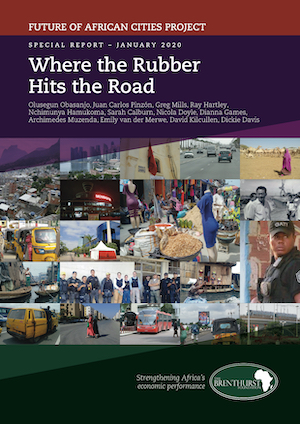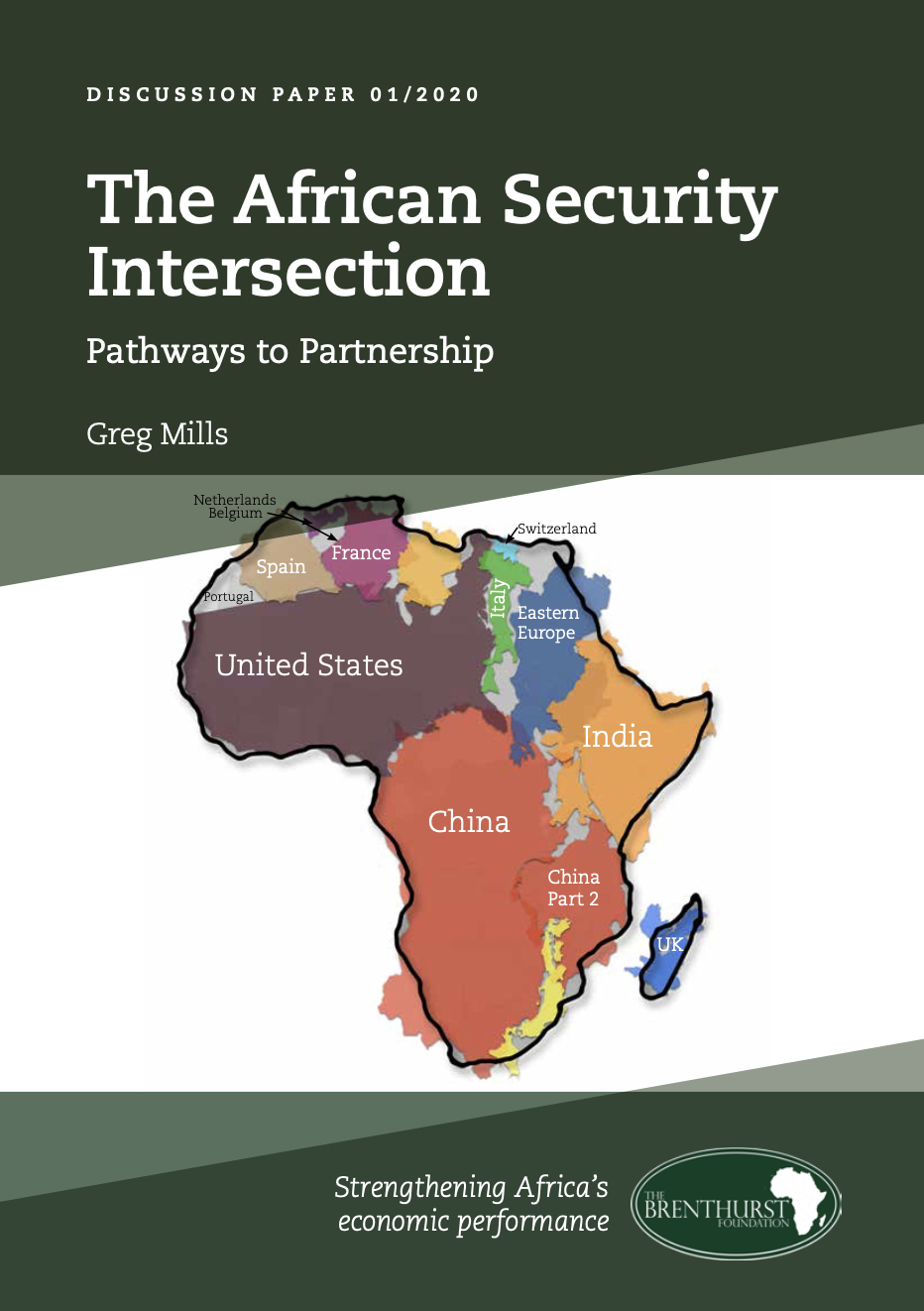Publications
Where the Rubber Hits the Road - The Future Of African Cities
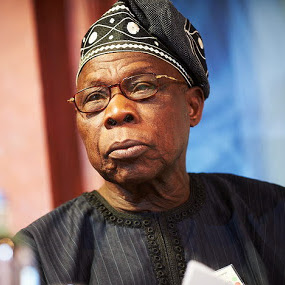
Former President of Nigeria; Chairman and Advisory Board Member Emeritus, The Brenthurst Foundation

Former Ambassador of Colombia to the United States

Special Advisor, The Brenthurst Foundation
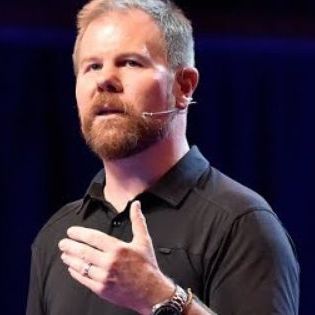
Counter Insurgency; Urban Development Expert, Australia/US

Former Researcher, The Brenthurst Foundation
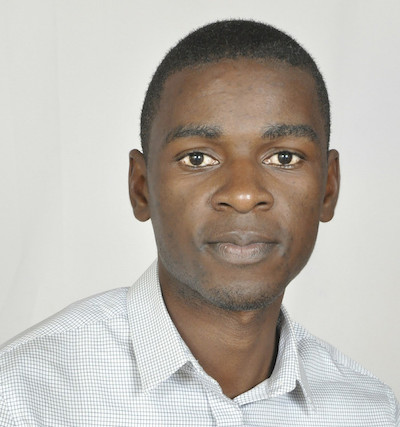
Machel-Mandela Fellow, The Brenthurst Foundation
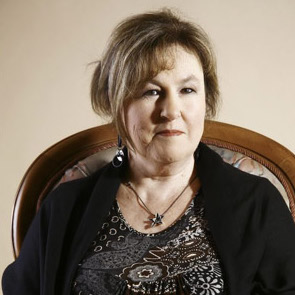
CEO, Africa @ Work

Machel-Mandela Fellow, The Brenthurst Foundation

Architect, South Africa
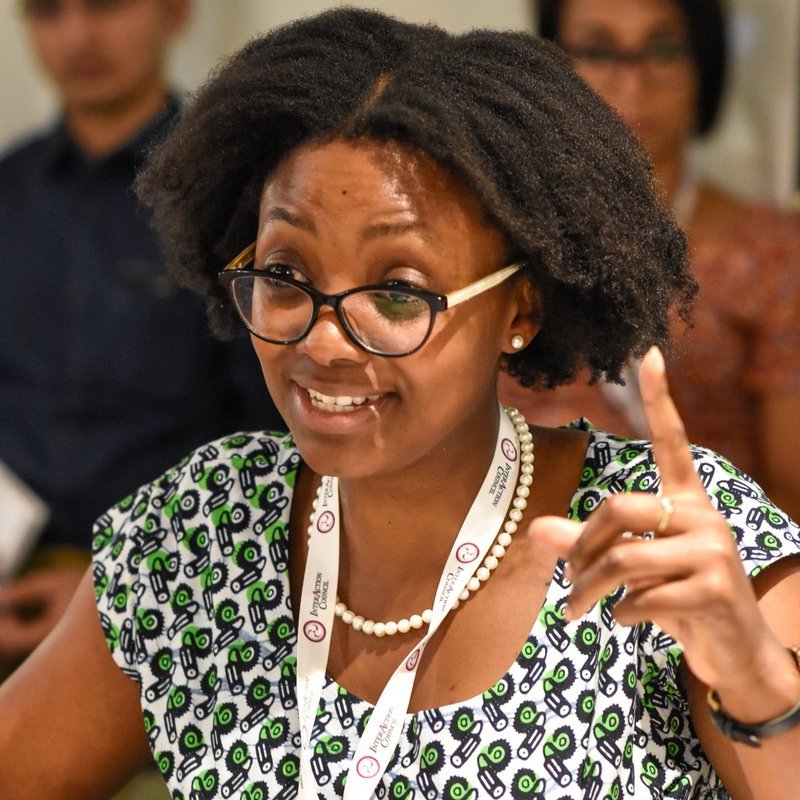
Researcher, The Brenthurst Foundation

Research Director, The Brenthurst Foundation

Director, The Brenthurst Foundation
Africa’s cities are on the rise. By 2100, Lagos is expected to be the world’s largest metropolis with a population touching 90 million people. Not far behind will be Kinshasa and Dar es Salaam.
Already some 500 million people live in Africa’s cities. Another 800 million are projected to join them by 2050 as the continent shifts to an urban majority.
How these cities develop, grow and provide a liveable home for their swell- ing populations is the key to Africa’s future success or despair.
If cities fail to provide jobs, water, electricity, sanitation and transport, they will become places of conflict and insecurity. If they grow and develop their infrastructure, they will become places where there is a better life for Africans.
The Brenthurst Foundation’s Future of African Cities project set out to explore how six African cities were facing the challenges of providing for their growing citizenry, and the policy options they require to meet their people’s needs. The cities – Lagos, Rabat-Salé, Cape Town, Mombasa, Hargeisa and Buffalo City – are very different from one another.
Yet they face many of the same challenges.
What they have in common is an absence of rational spatial planning. They have not been designed to provide services and opportunities in the most efficient and cost-effective way to their ever-growing populations.
The reasons for this are very different in each case.
Lagos has grown rapidly, outpacing urban planning with the result that it does not have an efficient transport, water and electricity grid. The effect of this unchecked organic growth is to make living there more expensive than it needs to be.
In the case of Cape Town and Buffalo City in South Africa, the spatial problems are the result of deliberate planning to keep races apart during the apartheid era, resulting in long distances between places of residence and work, which add to the transport burden.
In most of the cities studied, high transport costs are contributing to the impoverishment of residents and, along with poor regulation and property regimes, make the cost of doing business too high.
Mombasa and Rabat-Salé have tackled their legacy of uneven development aggres- sively, improving housing stock and showing that a concentrated effort by moti- vated authorities can make a big difference.
The world is looking to Africa with its youthful population as the continent that will provide economic growth, markets and investment opportunities in an otherwise stagnant global economy.
It is up to the governments of Africa – national, regional and local – to channel investment into making cities better places to live where there are more opportunities.
The key to this, as we outlined in detail in our book Democracy Works, is good, accountable, democratic governance.
The pyramid, which places national gov- ernment at the top and local government at the bottom, needs to be inverted. National government is vitally important in setting the agenda, but it is at local government level that the biggest difference can be made most rapidly to the lives of ordinary people. This requires leadership, strong project manage- ment and engineering skills and the ability to rapidly roll out services as cities expand.
Local government that is connected to regional and national government, sharing resources and skills, will make an immediate difference to the lives of Africa’s people.
Conversely, a failure to build effective, accountable local government and failure to meet citizens’ expectations will open the way for increased crime and insecurity, leading to mass migration away from Africa’s cities, to Europe and beyond.
It is our hope that this volume will make a modest contribution to increasing the under- standing of how our cities are developing and how we can make them better.


